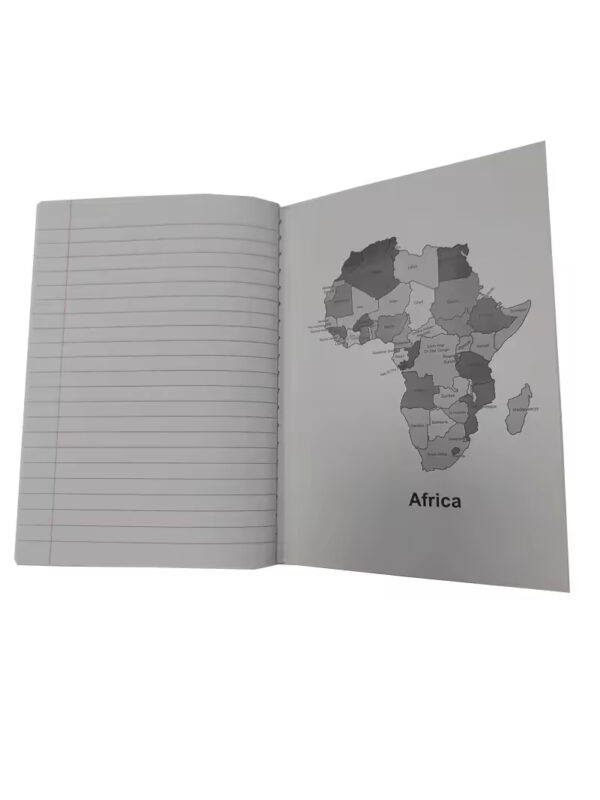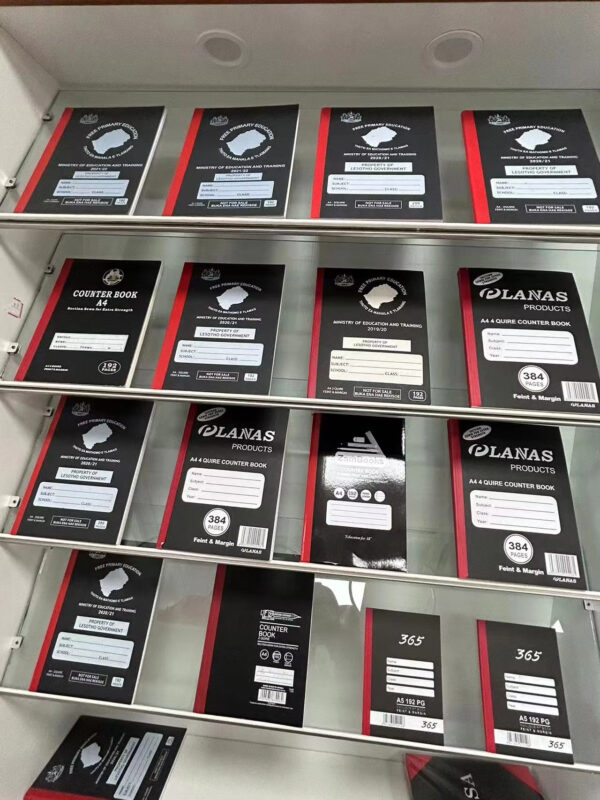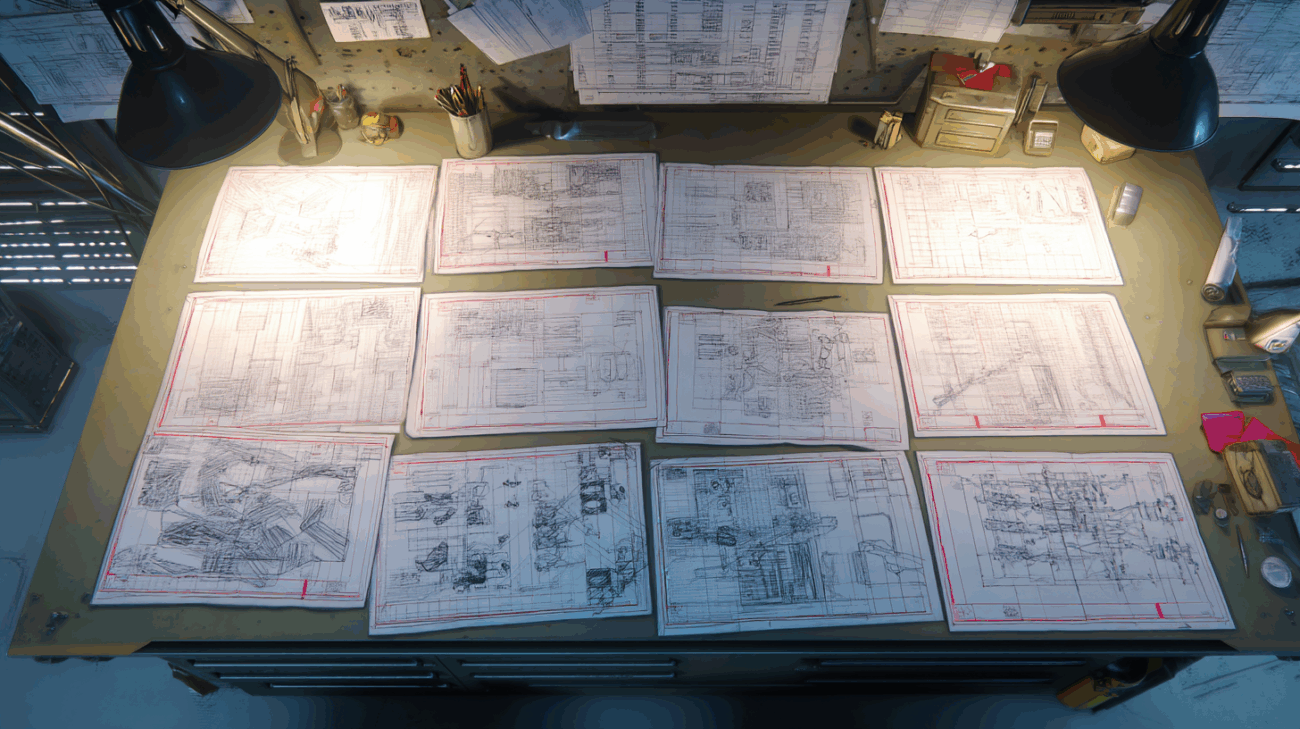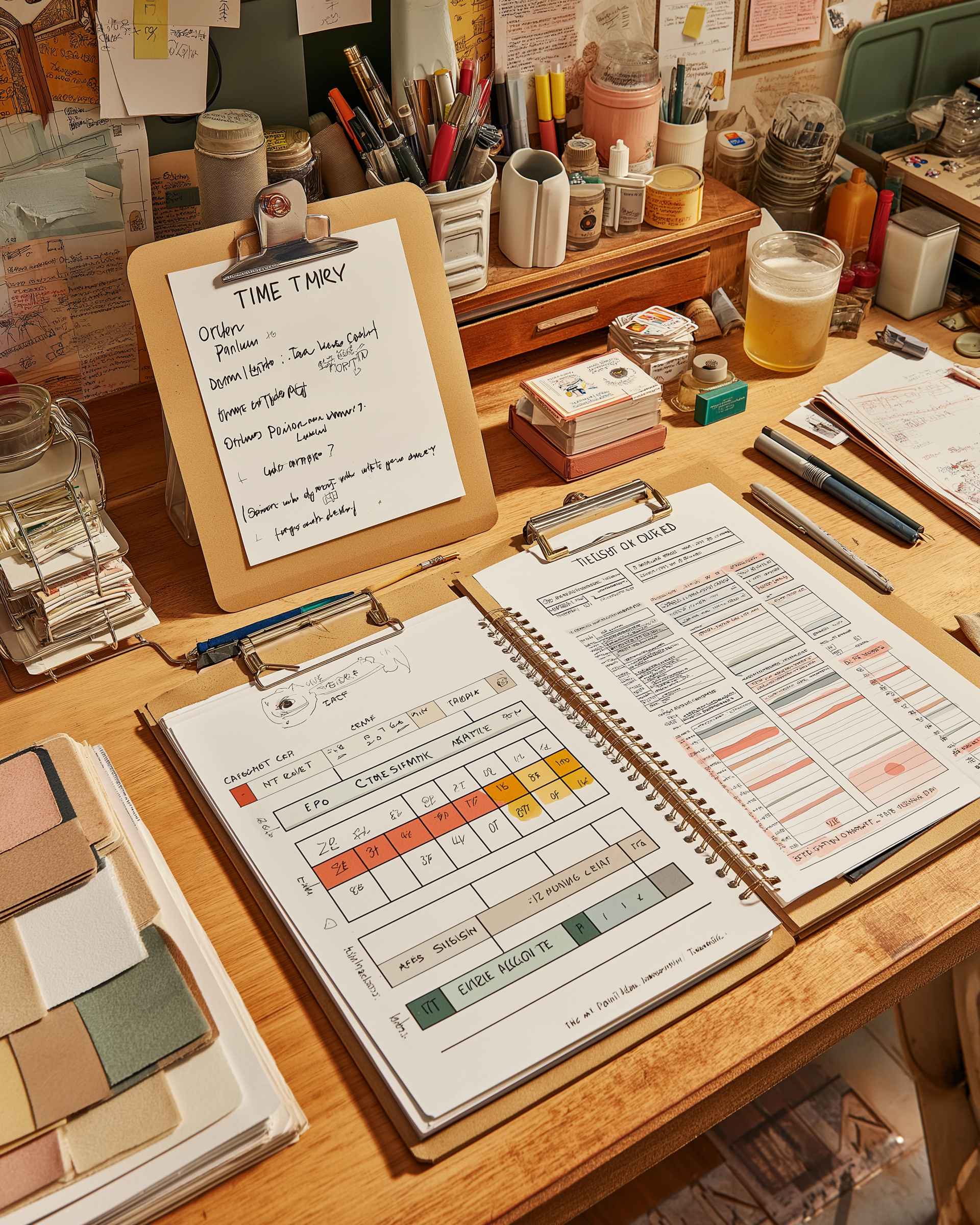When I started sourcing notebook paper in bulk, I quickly realized how much there is to consider beyond just price. If you’re in the B2B space—selling to schools, offices, or retailers—choosing the right notebook paper can make or break your product line. From understanding GSM (grams per square meter) to choosing the right ruling types like Seyès or wide-ruled, the details matter.
Notebook paper isn’t just paper—it’s a tactile experience. Whether you’re catering to students who need smooth paper that resists bleed-through, or eco-conscious buyers looking for FSC-certified materials, each decision reflects on your brand. You’ll also need to think about paper sizes like A4, A5, or B5, how the paper interacts with different binding styles, and how it supports customization and printing needs.
In this post, I’ll walk you through the most important considerations for selecting notebook paper for wholesale and private label use. I’ll also share tips for avoiding common pitfalls, questions to ask your suppliers, and emerging trends shaping global notebook paper demand in 2025. If you’re serious about getting quality, durability, and value from your notebook supply, you’ll want to read on.

1. Understand Different Types of Notebook Paper
When I evaluate notebook paper for bulk orders, I start by classifying the main types. Common options include wood-free paper, recycled paper, kraft paper, and coated paper. Each serves a different purpose. Wood-free paper is popular for its smooth surface and brightness—ideal for student or office notebooks. Recycled paper appeals to eco-conscious buyers, although it may be slightly rougher. Kraft and coated papers are often used for covers but occasionally show up inside notebooks for creative uses.
2. Choose the Right Paper Size (A4, A5, B5, etc.)
Bulk buyers often default to A4 paper, but size matters depending on your end market. A5 is lightweight and preferred for portability, especially in retail chains or giveaways. B5, though less common, is rising in popularity in Asian markets. I always confirm with the client what region their notebooks will be used in and tailor the sizing accordingly. It reduces waste and aligns with local user expectations.
3. Determine the Ideal Paper GSM (Thickness)
GSM—grams per square meter—measures paper weight. For school notebooks, I usually recommend 60-70gsm. It’s cost-effective but durable enough for daily writing. Premium notebooks may go up to 80-100gsm for smoother writing with fountain pens or markers. Higher GSM also resists ink bleeding and ghosting. But with higher GSM comes higher cost, so I always balance usability with pricing.
4. Select the Suitable Ruling Type (Ruled, Grid, Seyès, etc.)
Ruling plays a bigger role than many realize. Wide-ruled works best for early education markets, while college-ruled is a favorite for older students and professionals. Graph or grid paper is useful for science and math-heavy curricula. I often supply Seyès ruling for French-speaking regions—it’s very specific and demands accurate line spacing. Understanding your client’s market is crucial here.
Choosing the right ruling type in notebook paper isn’t just a design decision—it directly affects user functionality and satisfaction. Each ruling format serves a specific purpose, and understanding the differences is essential for selecting notebooks that align with your target market’s needs.

- Ruled/Lined Paper: The Universal Choice
Ruled paper—also known as lined paper—is the most widely used notebook format. It’s ideal for general writing purposes, including note-taking, journaling, and classroom assignments. Ruled lines usually come in various spacings such as wide-ruled (approx. 8 mm) for younger students or narrow-ruled (approx. 6 mm) for older students and professionals. If you’re targeting educational institutions, offices, or retail chains, lined paper offers versatility and mass appeal.
- Grid or Graph Paper: Precision and Structure
Grid paper features evenly spaced horizontal and vertical lines forming squares, commonly used in math classes, engineering, architecture, and design. The typical grid spacing ranges from 5 mm to 1 cm. Bulk buyers serving technical industries or schools with strong STEM programs often find graph paper a key differentiator. It’s also frequently requested in spiral notebooks for university-level coursework.
- Seyès Ruled: The French Classic
The Seyès ruling—often called “French ruling”—is a distinctive grid pattern used primarily in French-speaking countries. It’s designed to help students practice penmanship and maintain proper letter height and alignment. A page usually features 8 mm spaced horizontal lines with lighter vertical and diagonal guide lines. If you’re exporting to West Africa or Europe (particularly France or former French colonies), this ruling is often a requirement for educational contracts.
- Other Specialized Rulings
There are other niche rulings to consider for specific use cases:
Dotted paper is growing in popularity among designers, planners, and bullet journal users. It offers more flexibility than grid paper while providing subtle structure.
Music ruling is used for sheet music and is suitable for music schools and institutions.
Plain or blank paper works well for sketchbooks or art notebooks where freedom of expression is key.
- Know Your Target Market
Before placing a bulk notebook order, always confirm the preferred ruling type for your intended region or audience. Educational systems, cultural habits, and industry standards will often dictate what paper format is acceptable or preferred. For example, Seyès paper is unlikely to sell well in the U.S., while lined or graph paper may be redundant in parts of Francophone Africa without Seyès compliance.

5. Evaluate Paper Quality (Smoothness, Opacity, Color)
Paper smoothness affects writing comfort, while opacity affects legibility. Cheaper paper often shows ink bleed-through, which is frustrating for users. I usually test samples myself, writing with multiple pens to check for feathering, smearing, and bleed-through. Bright white paper looks crisp but sometimes causes eye strain. Slightly off-white or cream tones are often better for long-form writing, and I advise my clients accordingly.
6. Know the Binding Compatibility (Spiral, Glue, Stitching)
Notebook paper must pair well with the binding style. For example, spiral-bound notebooks need stronger edges to avoid tearing when flipped often. Saddle-stitched books require pages in multiples of four, affecting how you structure your layouts. Glue binding needs the spine edge to hold adhesive effectively, or you’ll get loose pages. I always confirm the paper grain direction—it helps avoid curling during binding.
7. Consider Printing and Branding Needs
If your notebook includes branded elements, logos, or custom content, printability is vital. High GSM paper accepts ink better but costs more. Some paper types are prone to smudging or inconsistent color reproduction. I recommend discussing this early with your supplier—some offer digital print testing before production. This can save money in the long run.
8. Think About End-User Preferences (Students, Professionals, Artists)
End-users vary greatly. Students need affordable, reliable paper. Professionals prefer neatness, so line alignment and paper tone matter. Artists need bleed-proof paper with texture. I ask my B2B clients to profile their end-users before selecting paper, especially for large orders. It’s not about choosing the best paper—it’s about choosing the most suitable one.
9. Don’t Overlook Environmental Certifications
Today, many wholesalers care about sustainability. Certifications like FSC (Forest Stewardship Council) and PEFC (Programme for the Endorsement of Forest Certification) add trust to your brand. Some countries, especially in Europe and Canada, require eco-labels for public tenders. I always highlight these options, even if they cost a bit more—they’re often worth it in brand value.
10. Work with Reliable Paper Suppliers and Manufacturers
No matter how carefully I choose the specs, a poor supplier ruins everything. I always request paper mill certifications, past order samples, and production timelines. Communication is key. Look for partners with flexible MOQ, clear lead times, and quality control reports. This builds long-term trust, reduces complaints, and increases reorders.

📌 Frequently Asked Questions (FAQs)
Topic: How to Choose the Right Notebook Paper for Bulk Orders
1. What are the most common types of notebook paper?
The most common types are ruled (lined), grid (graph), dotted, blank, and Seyès ruled paper. Each serves different user needs—lined for general writing, grid for technical drawing, dotted for bullet journaling, and Seyès for handwriting training.
2. How do I know which notebook paper type is right for my market?
Research your target audience’s needs. Schools often prefer lined or Seyès ruled paper, while professionals may favor grid or dotted formats. Confirm local education or industry standards before placing bulk orders.
3. What paper GSM should I choose for bulk notebooks?
Standard GSM for school notebooks is 60–70 GSM. For higher-end products or corporate use, 80–100 GSM is preferred. GSM (grams per square meter) affects thickness, writing feel, and ink bleed resistance.
4. How does ruling size affect usability?
Ruling size (spacing between lines) impacts readability and writing comfort. Wide-ruled (around 8mm) is best for younger users. Narrow-ruled (6mm) fits more text per page, suitable for older students or professionals.
5. What is Seyès ruled paper and when should I use it?
Seyès is a French-ruled format with a grid system used in many Francophone regions, especially in Africa. It’s essential when targeting school systems that follow French educational standards.
6. Can I customize notebook paper types in bulk orders?
Yes. Many Chinese notebook manufacturers allow you to customize ruling type, paper size, GSM, and even print branding or page numbers—perfect for educational institutions or private-label resellers.
7. Is recycled paper a good option for notebooks?
Recycled paper is a great eco-friendly choice. However, it may not offer the same smoothness or ink compatibility as virgin paper. Always ask for samples to ensure quality before bulk buying.
8. How important is the paper color in notebook selection?
Paper color (bright white, cream, or off-white) affects eye comfort and ink visibility. Bright white is standard, but cream paper is often chosen for a premium or vintage look.
9. What certifications should I look for in notebook paper?
Look for certifications like FSC (Forest Stewardship Council) or PEFC to ensure sustainable sourcing. These credentials are increasingly important in government or corporate procurement.
10. How do I test paper quality before placing a large order?
Always request physical samples. Check for smoothness, ink bleed-through, page color, and binding durability. Many manufacturers will provide free samples for qualified wholesale inquiries.

Colorfly propose une large gamme de services d'impression de réservations !
Avec plus de 13 ans d'expérience dans la fabrication de cahiers personnalisés, Impression de mouches colorées propose une large sélection de cahiers de haute qualité et abordables, adaptés aux écoles, aux bureaux et aux usages promotionnels. Notre gamme comprend des cahiers d'exercices, des cahiers à spirale, des cahiers de composition et bien plus encore, disponibles avec des couvertures, des formats et des marquages entièrement personnalisables. Grâce à notre équipe de designers professionnels, nous vous aidons à améliorer la visibilité de votre marque à des prix compétitifs. Contactez-nous aujourd'hui pour partager vos besoins et recevoir échantillons gratuits!




